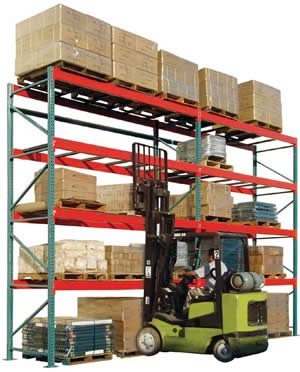Setting Up a Laboratory
Home | Setting Up a Laboratory
Call Today 800-326-4403
Request A Quote >
Setting up a laboratory. Discover important tips, from choosing equipment to working with vendors. Start planning your lab setup now!
Welcome to our comprehensive guide on setting up a laboratory! Are you planning to create a space where great scientific discoveries and experiments can happen? You've come to the right place! This guide will walk you through everything you need to know to make smart, informed decisions. Let's start this exciting journey together!
Share your space challenges with us
and get expert layout advice to make your lab the best it can be!
Why Choose Us
Over 30 Years Of Experience
We design and install the right lab solutions for your specific needs
Custom Options
We offer a range of customizable options to meet your unique needs
Customer Satisfaction
We are committed to excellent service and support, ensuring satisfaction with every purchase
Competitive Pricing
We offers competitive pricing, making it easy to find a solution that fits any budget

Understanding Your Laboratory Needs When Setting Up a Laboratory
Identifying the Purpose of Your Lab
When you’re setting up a laboratory, the first big step is to figure out what you want to do in it. Just like you pick toys for different types of play, you need different things in your lab depending on what you plan to do there.
Are You a Discoverer or a Tester?
- For Discoverers (Research Labs): If your lab is for discovering new things, like a scientist in a movie, you need special equipment to do experiments. This could be microscopes to look at tiny things, or big machines to mix chemicals safely.
- For Testers (Medical Testing Labs): If your lab is for testing blood samples or finding out if someone is sick, you need machines that can test these samples quickly and accurately. These labs might look a bit like a kitchen, with lots of small machines and tools for different tests.
Learning Labs (Educational Labs)
- For Young Scientists (School Labs): If your lab is in a school, you need tools that are safe and easy for kids to use. You might need goggles and gloves to keep everyone safe, and simple tools like magnifying glasses and test tubes.
- For Big Kids (University Labs): In a college or university, you might need more advanced tools, like machines that can look at DNA or computers that help with complex calculations.
Making Stuff (Industrial Labs)
- If your lab is in a factory, you might be making new things, like medicines or electronics. Here, you need big machines that can mix, cook, or put together these products. It’s like having a big, super-cool kitchen where you make things other than food.
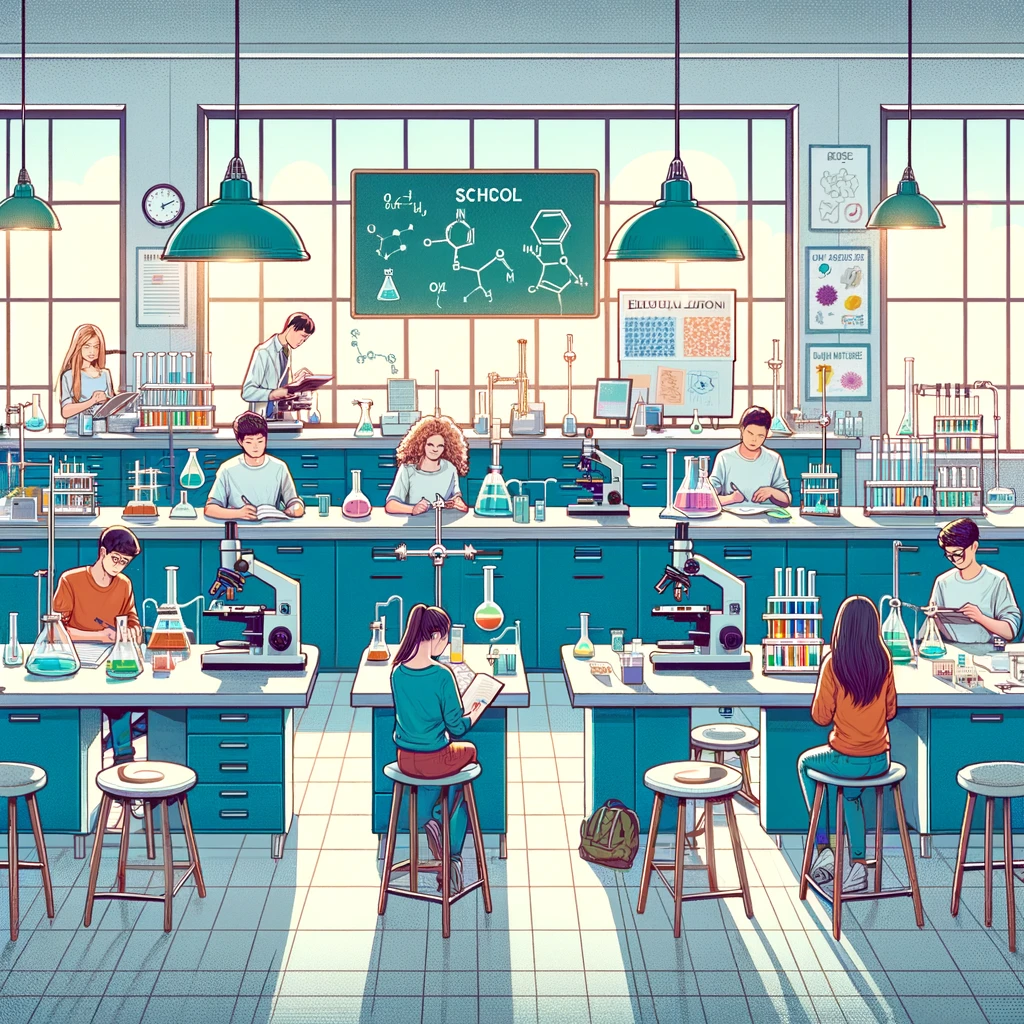

Your Lab's Purpose Decides a Lot When Considering Setting Up a Laboratory!
- Space and Size: Bigger experiments need more room, so a research lab might need more space than a school lab.
- Safety First: If you’re working with dangerous chemicals or machines, you need extra safety stuff, like fire extinguishers and first aid kits.
- Money Matters: Some labs need expensive machines, while others can use simpler, cheaper tools.
Remember, knowing what you want to do in your lab helps you pick the right tools and make a great place for science and discovery. It’s like planning a party – you need to know what kind of party it is to know what decorations and snacks you need!
How Much Room Do You Need When Setting Up a Laboratory?
- For Small Experiments: If your experiments are small, like looking at leaves under a microscope, you might not need a lot of room. It’s like setting up a small table for a tea party.
- For Big Projects: If you’re building robots or doing big science projects, you need more space. It’s like having a big playground to run and play.
Making It Safe and Comfortable
- Safety First: Just like wearing a helmet when you ride a bike, your lab needs to be safe. This means having enough room to move around without bumping into things and having places to store dangerous stuff safely.
- Light and Air: Your lab should have good light so you can see what you’re doing. Fresh air is important too, especially if you’re working with smelly or dangerous chemicals. It’s like having a bright, airy room to play in.

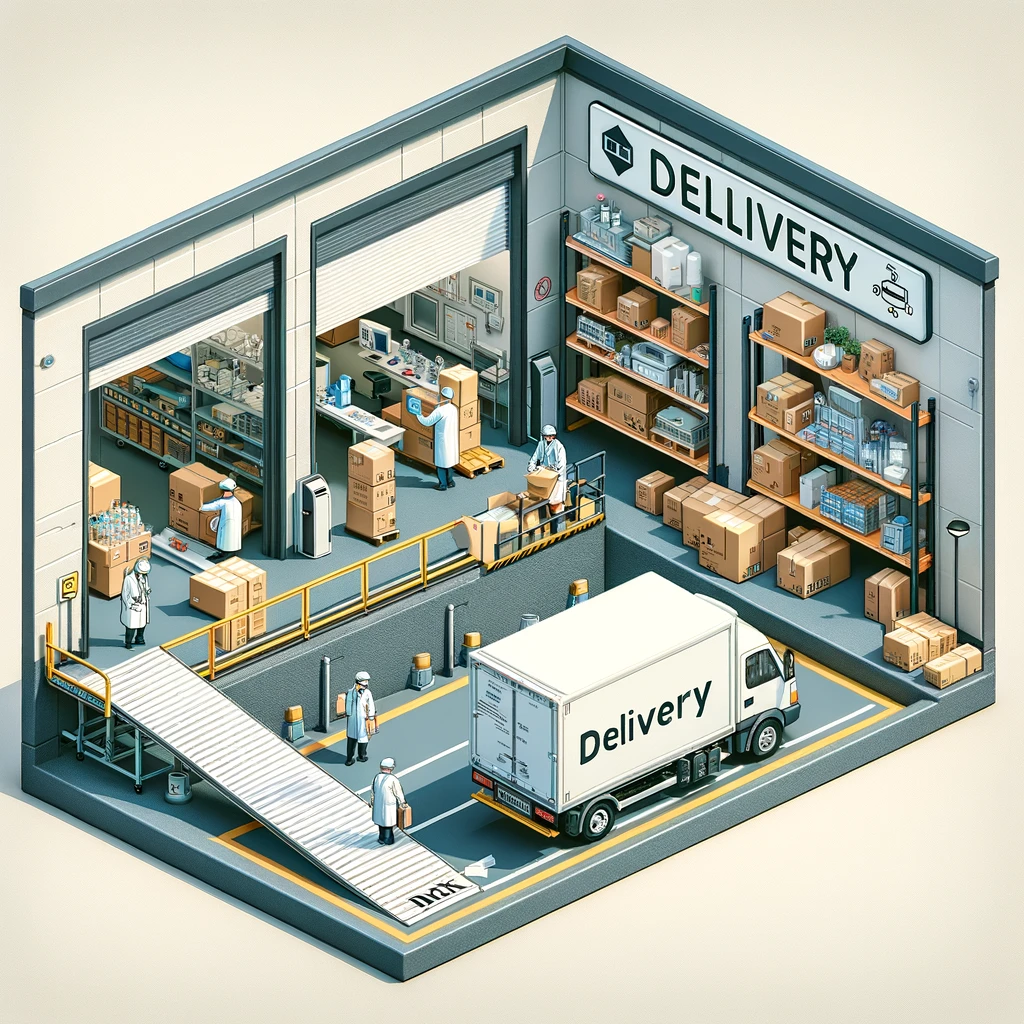
Getting Stuff to Your Lab
- Delivery and Access: Think about how you’ll get equipment into your lab. If you have big machines, you need doors that are big enough for them to fit through. It’s like making sure the door to your room is big enough for your favorite big toy.
Can You Grow?
- Thinking Ahead: If you think your lab might get bigger in the future, you need a space that can grow too. It’s like choosing a pair of shoes – you don’t want them too small if you’re still growing!
Choosing the Right Equipment When Setting Up a Laboratory
Getting the right tools for your lab is like filling a toolbox. You need the right tools for the job
Essential Laboratory Equipment
What Every Lab Needs
Just like every kitchen needs a fridge and stove, every lab needs some basic tools. Here’s a list of things most labs use:
- Microscopes: These are like magnifying glasses that can see really, really tiny things, like germs or tiny parts of a leaf.
- Test Tubes and Beakers: They’re like cups and bowls for scientists. You mix things in them to see what happens.
- Safety Equipment: This includes gloves, goggles, and lab coats. They’re like armor for scientists to keep them safe.
- Scales and Balances: Just like you need a scale to weigh yourself, scientists need scales to weigh their experiments.
- Thermometers: These are like the ones used to check if you have a fever, but for checking the temperature in experiments.
- Bunsen Burners: They’re like tiny stoves to heat things up in the lab.
- Pipettes: These are like little droppers to move tiny amounts of liquid from one place to another.
Why These Tools?
Each of these tools helps scientists do their work better. They help you measure, mix, and look at things you can’t see with just your eyes.
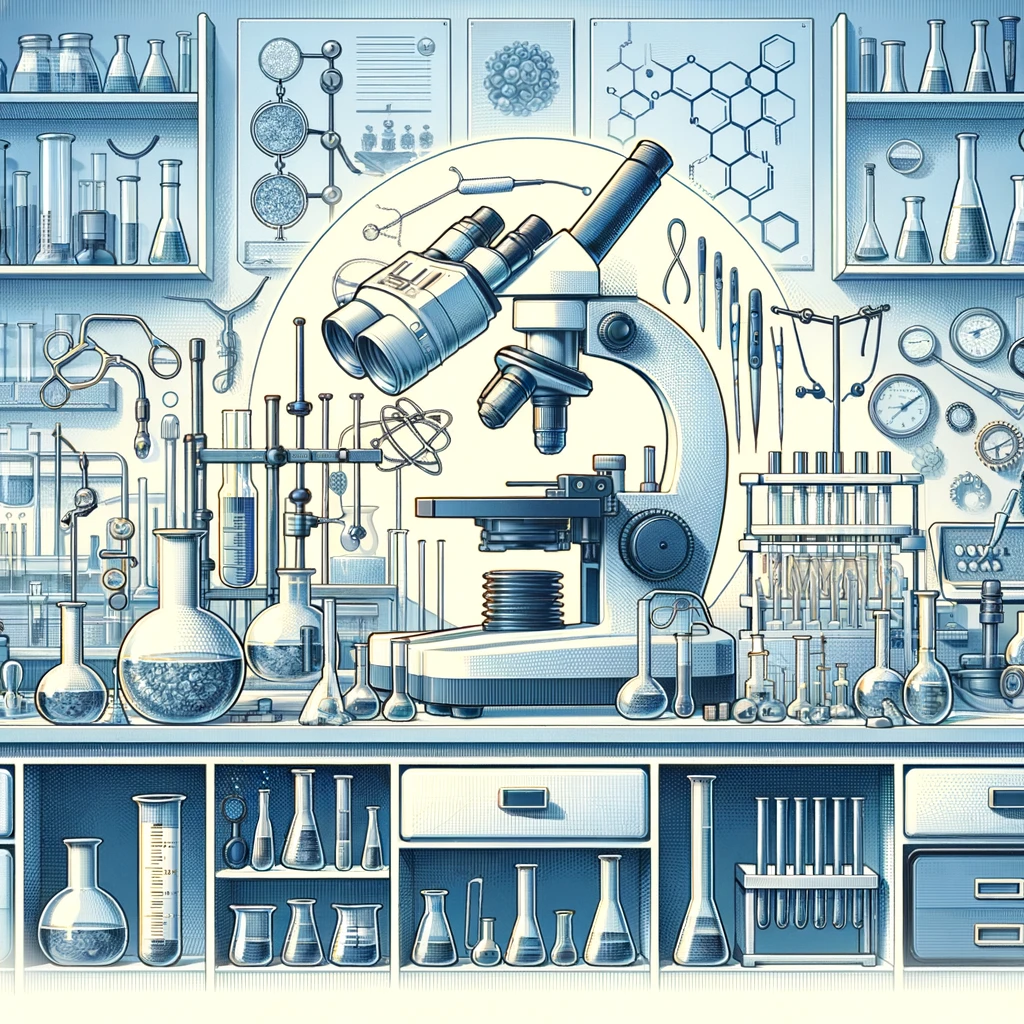
Ready to set up your lab?
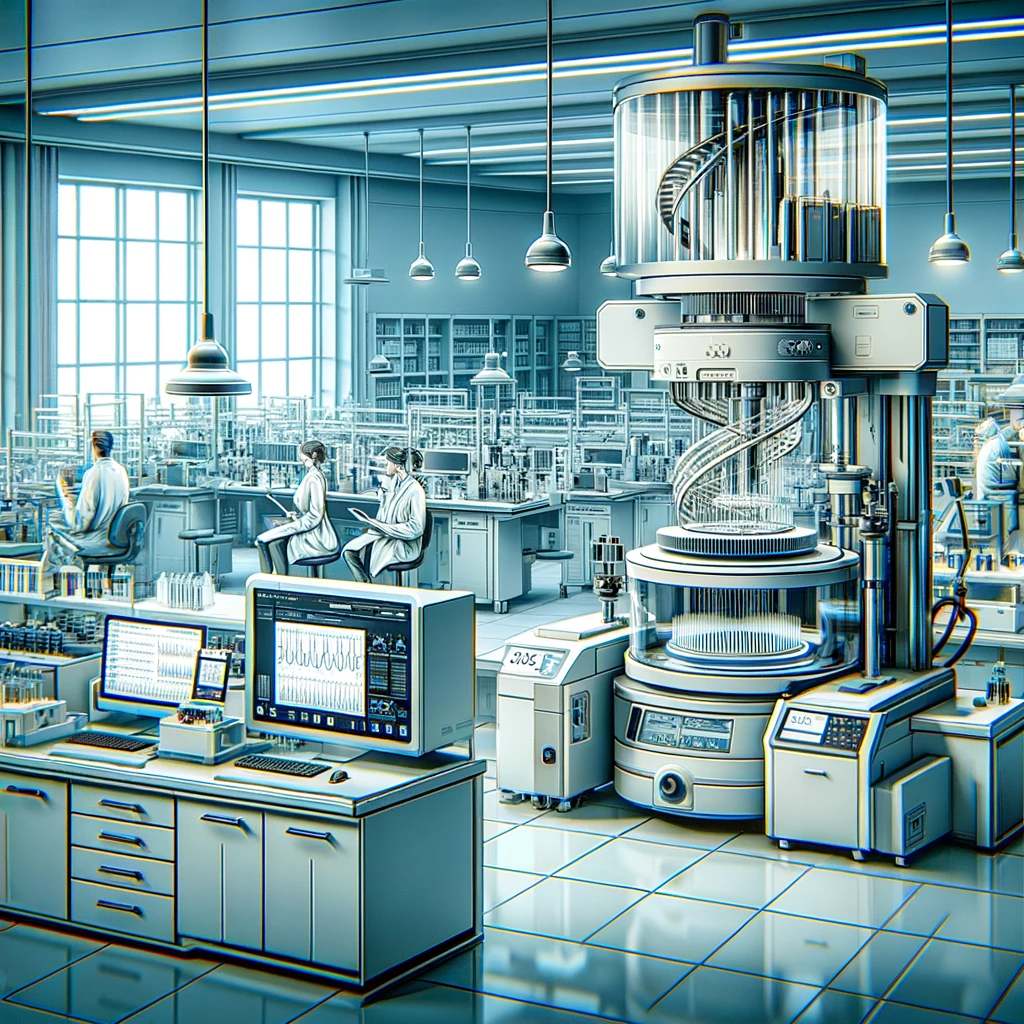
Advanced Equipment for Specialized Labs May Need To Be Considered When Setting Up a Laboratory
For the Big Science Projects
Some labs do really special work and need more than just the basics. Here’s what they might have:
- Spectrophotometers: These are like super-powered color detectors. They can tell you what colors are in a liquid, which helps you figure out what’s in it.
- Centrifuges: Imagine a merry-go-round for tiny things. Centrifuges spin really fast to separate liquids from solids.
- Electrophoresis Equipment: This is used to look at DNA, kind of like a detective looking for clues in fingerprints.
- Incubators: These are like cozy little homes for growing bacteria, so scientists can study them.
- PCR Machines: They’re like copy machines for DNA. They make lots of copies so you have more to study.
Special Tools for Special Work You Need To consider When Setting Up a Laboratory
These tools are for when you need to do really specific and important experiments. They’re like having a magic wand that helps you see and do things you can’t do with just the basic tools.
Are you working on big science adventures?
Request a consultation for advanced equipment needs and make your lab a place of amazing discoveries!
Working with Vendors and Suppliers When Setting Up a Laboratory
Getting your lab equipment is like going shopping. You need to find good stores (vendors) and understand the prices (quotes) they offer. Let’s dive in!
Selecting Reliable Vendors
Finding Good Stores for Your Lab
- Do Your Homework: Just like looking up the best toy store, check out the vendors. Read reviews and ask other scientists for recommendations.
- Talk to Them: It’s like making a new friend. Call or visit them to see if they’re friendly, knowledgeable, and helpful.
- Quality Matters: Make sure they sell good stuff. It’s like checking that the toys you buy aren’t broken or fake.
- Look for the Helpers: Good vendors will help you pick the right tools and even show you how to use them.
- Red Flags: Watch out for vendors who don’t answer your questions, have lots of bad reviews, or keep changing their prices – these are warning signs.

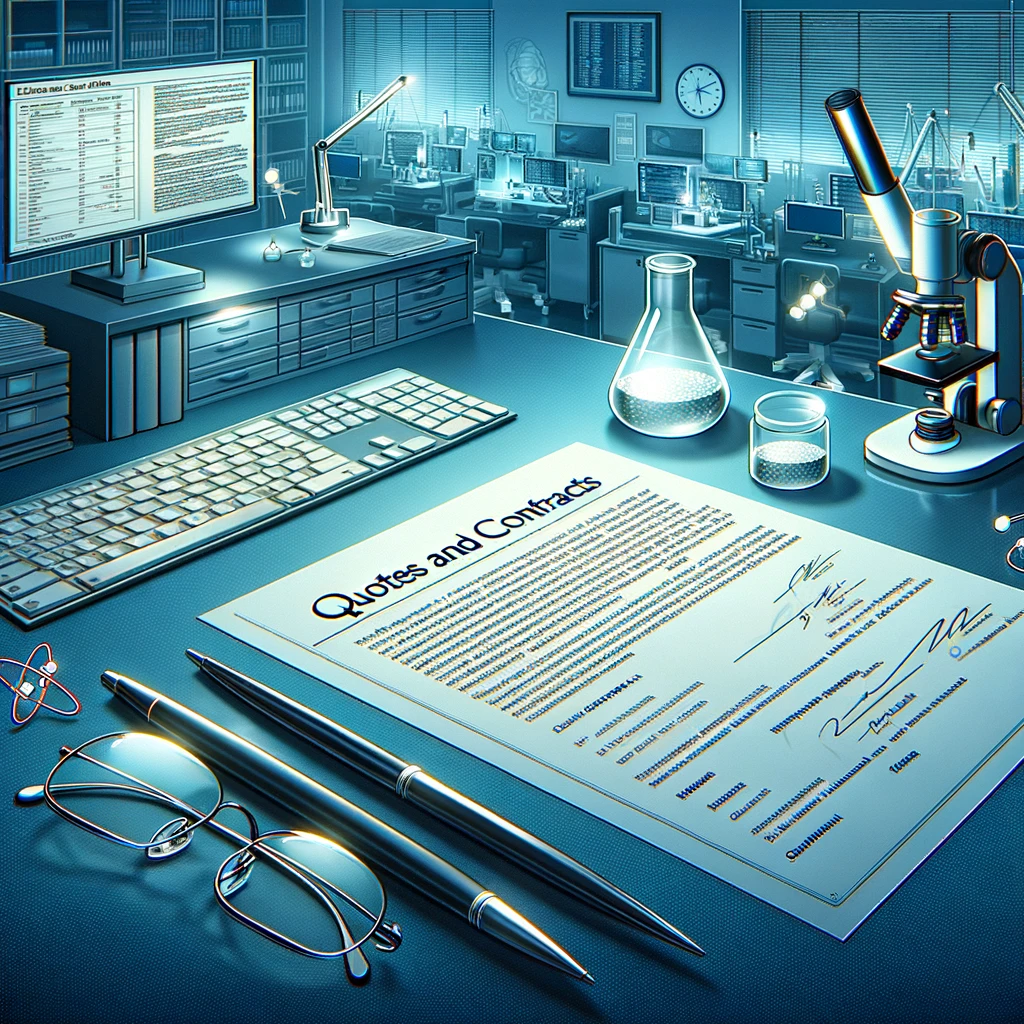
Understanding Quotes and Contracts
Understanding the Price Tag
- Quotes Are Like Price Tags: A quote tells you how much the equipment will cost. Make sure it lists everything you need with clear prices.
- Compare Prices: Like when you shop for toys, look at prices from different stores to find the best deal.
- Read the Fine Print: Sometimes, contracts have rules and details that are important. It’s like reading the instructions before playing a new game.
- Ask Questions: If you don’t understand something, ask! It’s like asking a teacher for help with a hard question.
- Look for Guarantees: Good contracts will promise to fix or replace broken equipment, kind of like a warranty for your toys.
- Delivery Dates: Make sure they tell you when you’ll get your equipment. It’s like knowing when your birthday present will arrive.
Got a quote and not sure if it's good?
Submit your quote for a free review and we’ll help you understand it!
Laboratory Safety and Compliance when Setting Up a Laboratory
Having a lab is exciting, but keeping it safe is like being a superhero. You need to protect yourself and everyone around you. Let’s learn how!
Being Safe is Super Important When Setting Up a Laboratory
- Wear Your Armor: Just like superheroes, you need protective gear. Always wear lab coats, goggles, and gloves to protect against spills and splashes.
- Know the Emergency Plan: Like a fire drill at school, know what to do if something goes wrong in the lab.
- Keep Things Clean: A clean lab is a safe lab. Keep your space tidy, just like you clean up your toys.
- Label Everything: Just like labeling your lunch box, label all chemicals and samples so everyone knows what they are.
- Use Tools Properly: Learn to use each piece of equipment correctly. It’s like learning the rules of a new game.
- First Aid Kit: Have a first aid kit ready, just like a band-aid for a scraped knee.
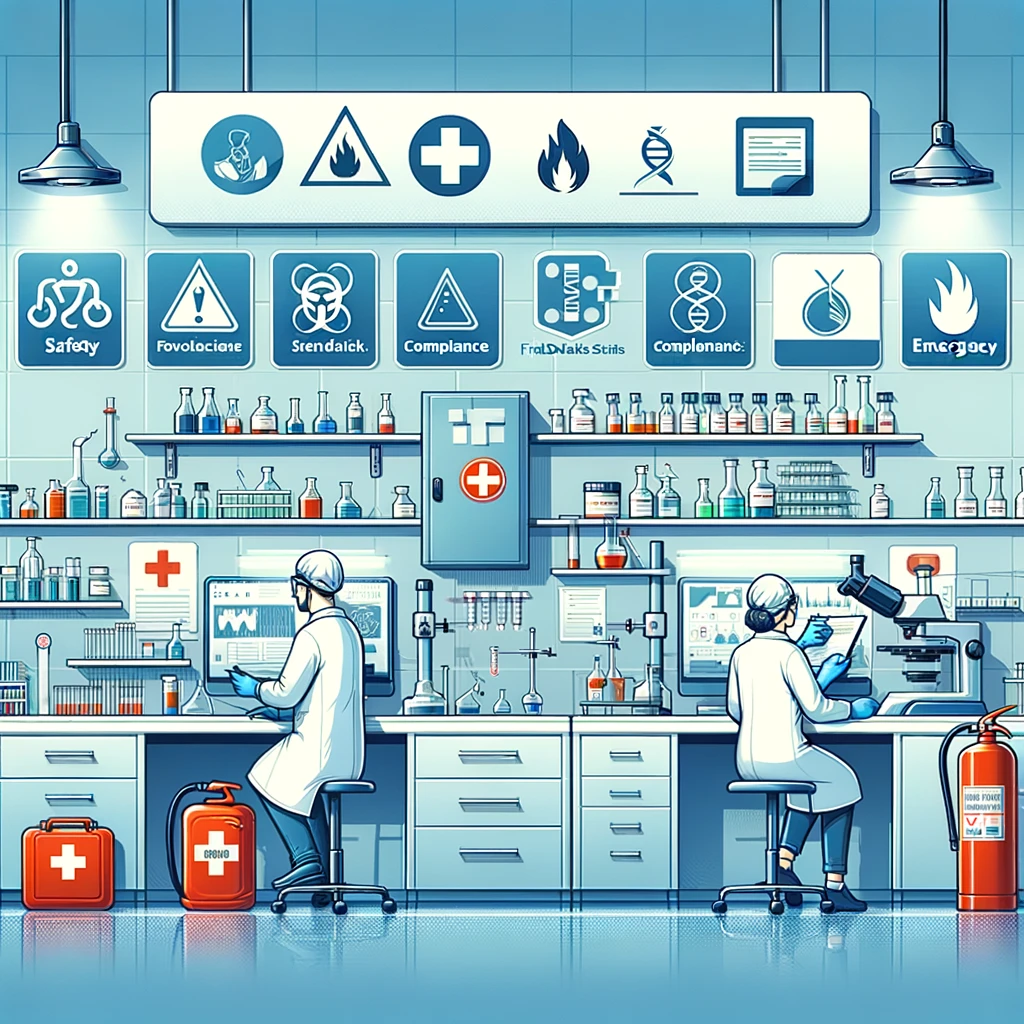
"Want to be a lab safety hero?

Complying with Regulations
Following the Rules
- Know the Rules: Just like school rules, labs have rules too. These are set by groups who want to keep everyone safe.
- Disposing of Waste: Learn how to throw away lab waste safely. It’s like recycling – you have to do it right.
- Keep Records: Write down what you do in the lab, like a captain’s log on a spaceship.
- Regular Checks: Have experts check your lab to make sure everything is safe and working well.
- Training: Learn about lab safety and rules. It’s like learning how to play a sport – you need to know the rules to play the game.
- Stay Updated: Rules can change, so keep learning about new safety tips and regulations.
Ready to make your lab super safe? Download our compliance checklist and make sure you’re following all the rules!
Budgeting and Cost Management
Setting up a lab is a bit like planning a big party – you need to know how much you can spend and how to use your money wisely. Let’s figure out how to do that!
Creating a Budget
Planning Your Lab’s Pocket Money
- Make a List: Just like writing a shopping list, list everything you need for your lab, from microscopes to test tubes.
- Do Some Research: Find out how much these things cost, like checking prices before you buy a new toy.
- Add It All Up: This gives you an idea of how much money you’ll need. It’s like adding up the cost of all the toys you want.
- Don’t Forget Extras: Remember to include things like delivery costs, just like remembering to save money for ice cream after buying your toys.
- Plan for Surprises: Sometimes, things cost more than you think. Save a little extra for these surprises.
- Keep Track: As you start buying things, keep track of what you spend. It’s like keeping score in a game to see how you’re doing.
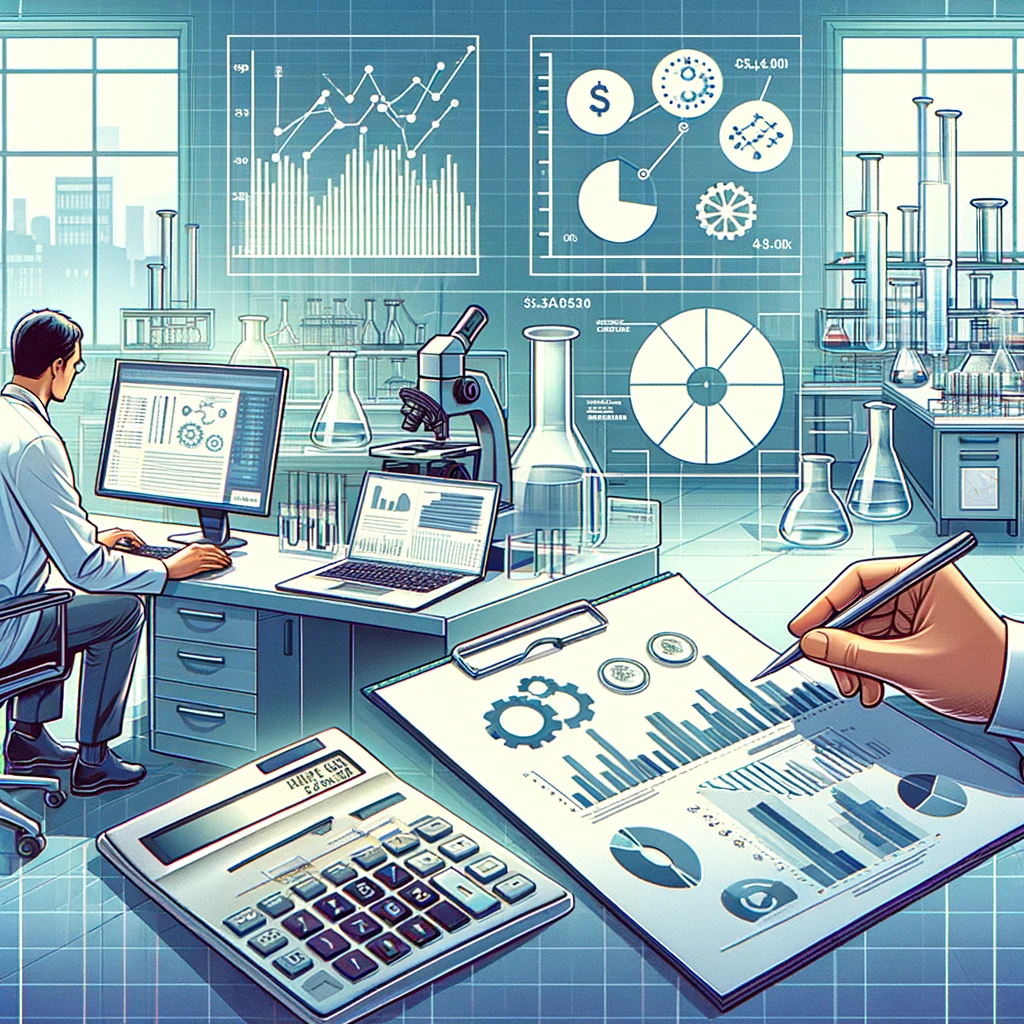
Need help making your lab budget?
Get our budgeting template now and start planning your lab spending!
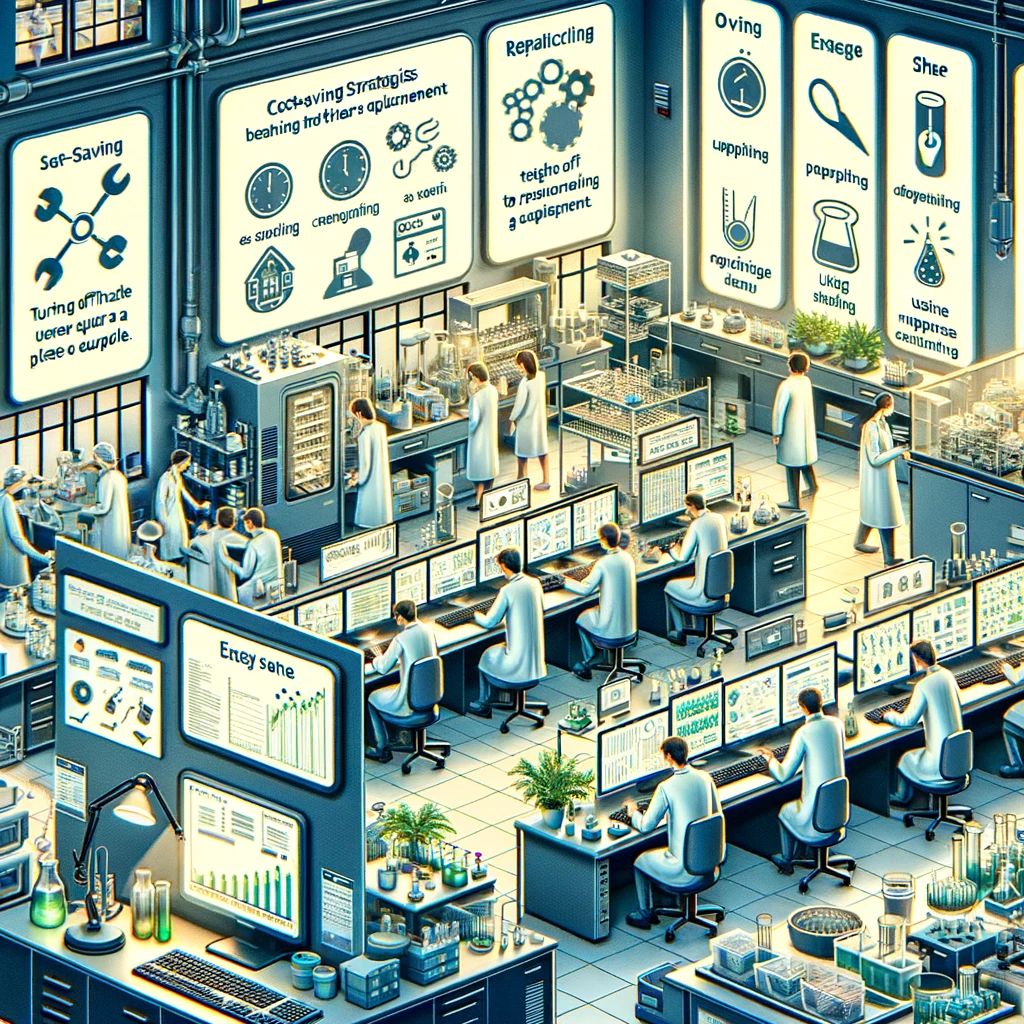
Cost-Saving Strategies
Saving Money Without Missing Out
- Buy Only What You Need: It’s tempting to buy cool stuff, but stick to what you really need, just like choosing only your favorite snacks.
- Regular Maintenance: Take good care of your equipment. It’s like taking care of your toys so they last longer.
- Train Your Team: Make sure everyone knows how to use the equipment properly to avoid costly mistakes.
Want to save money in your lab? Learn cost-saving strategies in our exclusive guide and get more for your money!
This covers the practical aspects of budgeting and cost management for a laboratory setup. It provides actionable advice on creating a budget and implementing cost-saving strategies, ensuring efficient financial management without compromising the quality of the lab.
Congratulations on taking the first step towards setting up your laboratory!
Remember, careful planning and informed decision-making are key to creating a successful and efficient lab space. Don’t hesitate to reach out for more guidance – we’re here to help!
Related Products

